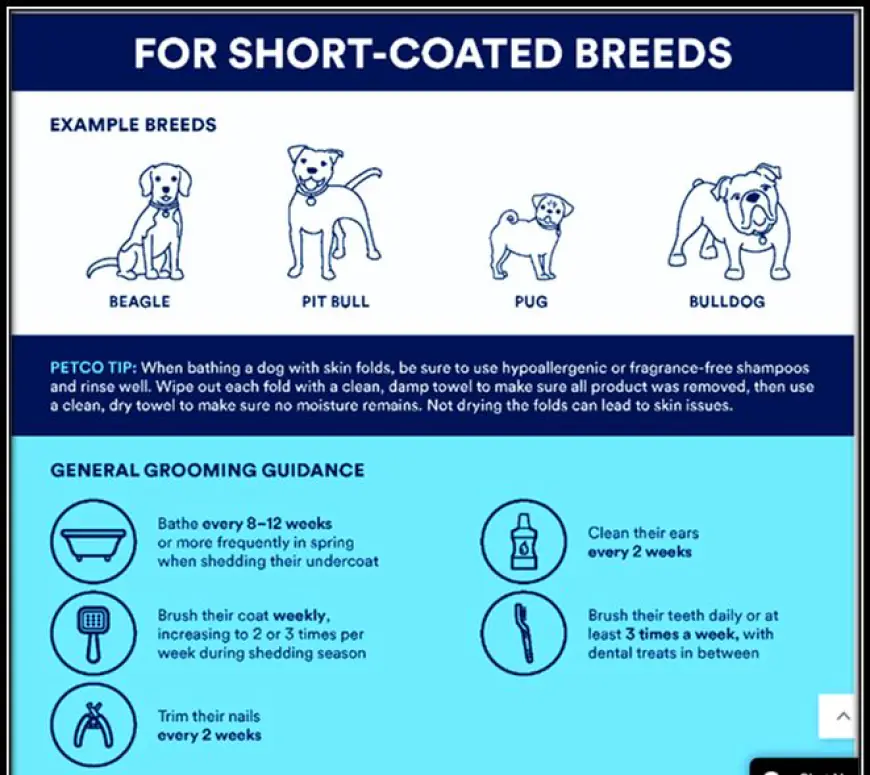How often should I bathe my Labrador?
Discover the ideal bathing frequency for your Labrador. Expert tips on keeping your pup clean and healthy. Find out more now!

Understanding your Labrador's coat and skin
Labradors are known for their beautiful, thick double coat, which serves as protection against the elements. The outer coat is water-resistant, while the undercoat provides insulation to keep them warm in cold weather. It's essential to understand the unique qualities of your Labrador's coat and skin to ensure their well-being. Regular brushing not only helps maintain a healthy coat by removing loose hair and dirt but also stimulates blood circulation and distributes natural oils for a shiny, smooth coat.
When it comes to their skin, Labradors are prone to certain conditions such as dryness, allergies, and hot spots. Ensuring that you use a gentle shampoo specifically formulated for dogs can help maintain the pH balance of their skin and prevent irritation. Additionally, paying attention to any changes in your Labrador's skin condition is crucial for early detection of potential issues. By understanding your dog’s coat and skin needs, you can better tailor their grooming routine to keep them comfortable and looking their best.
Factors that influence bathing frequency
The frequency of bathing a Labrador can be influenced by several factors, including the dog's activity level and lifestyle. Dogs that spend a lot of time outdoors, swimming, or rolling in mud may require more frequent baths to keep their coat clean and free of odors. On the other hand, dogs that primarily stay indoors and have minimal outdoor exposure may need fewer baths to maintain their cleanliness.
Another factor that can influence bathing frequency is the type of skin and coat your Labrador has. Some dogs have oilier coats or are prone to skin conditions that require more regular bathing with specialized shampoos, while others may have a naturally low odor and self-cleaning ability that allows for less frequent bathing. Understanding your dog's specific coat type, skin condition, and individual needs will help determine the appropriate bathing schedule for your Labrador.
It's important to remember that over-bathing can strip the natural oils from your dog's coat, leading to dryness and irritation. Conversely, infrequent bathing can result in an accumulation of dirt and bacteria on the skin. Finding the right balance by considering these influencing factors will help you establish a suitable bathing routine for your beloved Labrador.
General guidelines for bathing frequency
It's essential to consider your Labrador's lifestyle and activities when determining their bathing frequency. Active, outdoor dogs may require more frequent baths to keep them clean and odor-free, while less active indoor dogs may only need a bath every few weeks. Additionally, the type of coat your Labrador has can also influence how often they should be bathed. Long-haired Labradors may need more frequent bathing to prevent matting and tangling, while short-haired ones might require less frequent baths.
In addition to considering your dog's activity level and coat type, it's important to use a gentle, dog-specific shampoo when bathing your Labrador. Human shampoos can be harsh on a dog's skin and lead to irritation or dryness. It's recommended to consult with your veterinarian or a professional groomer for specific advice on the appropriate bathing frequency for your Labrador based on their individual needs. By taking these factors into consideration, you can ensure that you're providing the best care for your furry friend without over-bathing or under-bathing them.
Signs that indicate your Labrador needs a bath
1. Lackluster Coat: If you notice that your Labrador's coat is looking dull or feels greasy to the touch, it may be a clear sign that they need a bath. A clean, shiny coat is a good indicator of overall health and hygiene in dogs, and regular baths can help maintain their natural luster.
2. Unpleasant Odor: Just like humans, dogs can develop body odor when they haven't had a bath in a while. If your Labrador starts emitting a noticeable scent even shortly after grooming, it might be time for a bath. This can be particularly common for Labradors who love to explore the outdoors and roll around in various scents.
3. Itching and Scratching: Excessive itching or scratching could indicate that your Labrador needs a bath to alleviate any skin irritation or discomfort. Bathing with an appropriate dog shampoo can help remove allergens, irritants, and other substances that may be causing the itchiness, providing relief for your furry friend.
5. Bathing tips and best practices
Proper bathing is crucial for maintaining your dog’s hygiene and overall health. When it comes to bathing your Labrador, it’s essential to use a high-quality dog shampoo that won’t dry out their skin. Additionally, make sure to thoroughly rinse off all the shampoo residue to prevent skin irritation.
It’s important to consider the frequency of bathing based on your Labrador's lifestyle and activities. For example, if your Labrador loves playing in the mud or frequently goes for swims, they may need more frequent baths than those who are mostly indoor pets. However, over-bathing can strip their coat of natural oils and lead to dry skin, so finding the right balance is key.
After bathing, be sure to thoroughly dry your Labrador to prevent any potential skin issues from moisture lingering in their coat. Regular grooming between baths can also help maintain their cleanliness without excessive washing. By following these tips and best practices, you can ensure that your Labrador stays clean and comfortable without compromising their skin and coat health.

Tailoring bathing frequency to individual needs
When it comes to bathing your Labrador, there's no one-size-fits-all approach. Tailoring the bathing frequency to individual needs can have a significant impact on your dog's skin and coat health. Factors such as activity level, coat type, and any skin conditions should all be taken into consideration when determining how often to bathe your furry friend.
For Labradors with an active lifestyle that frequently get dirty or swim, more frequent baths may be necessary to remove dirt and prevent skin irritation. On the other hand, Labradors with sensitive skin or dry coats may benefit from less frequent baths to avoid drying out their natural oils. By understanding your dog's unique needs and paying attention to their coat condition, you can determine the ideal bathing frequency for them.
Conclusion: Finding the right balance
In conclusion, finding the right balance in bathing your Labrador is crucial for their overall health and well-being. While it's important to maintain good hygiene, excessive bathing can strip their skin of natural oils and lead to dryness and irritation. On the other hand, infrequent bathing can result in a buildup of dirt and bacteria, impacting their coat condition.
One way to find this balance is to consider your dog's individual needs and lifestyle. If your Labrador spends a lot of time outdoors or loves rolling in the mud, more frequent baths may be necessary. However, if they have sensitive skin or spend most of their time indoors, less frequent baths with regular brushing may suffice. Regular check-ins with a veterinarian or professional groomer can also help ensure that you are meeting your dog's specific bathing needs. Ultimately, understanding your Labrador's unique requirements will help you strike the ideal balance between cleanliness and skin care for a happy, healthy pup.







